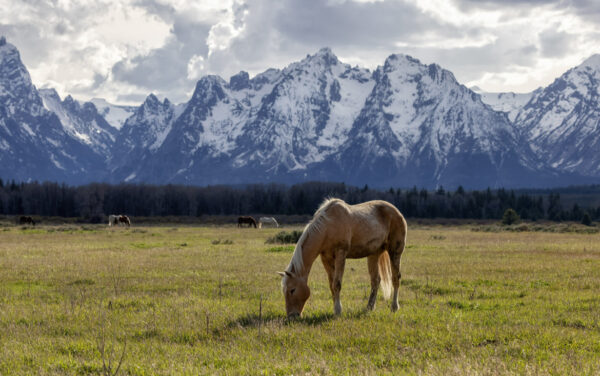
The pilgrimage of El Rocío: history, traditions, and the essential role of horses
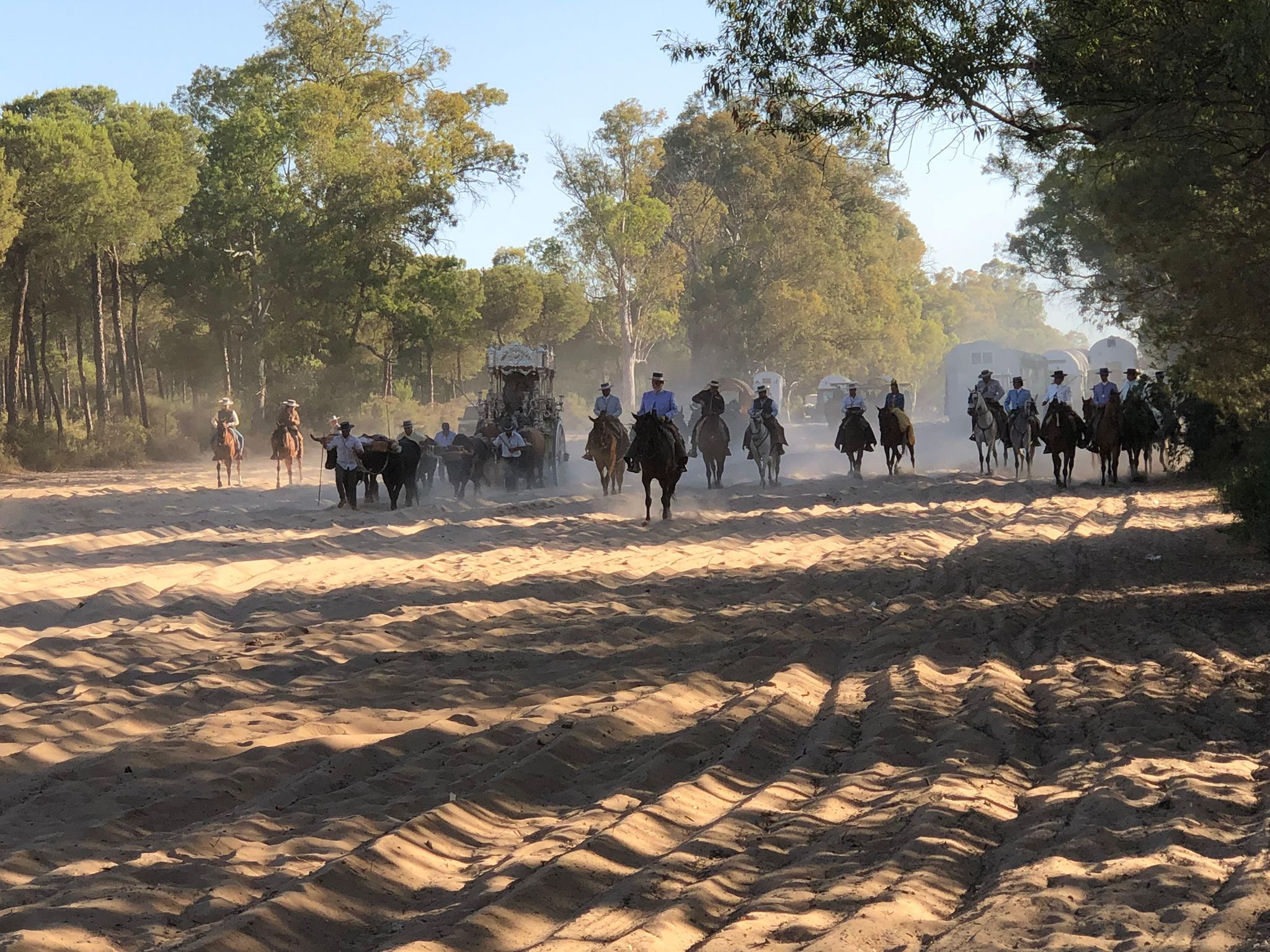
The Pilgrimage of El Rocío is one of the most iconic and deeply rooted festivals in Andalusian culture. Celebrated in the town of Almonte, located in the province of Huelva, this religious and cultural pilgrimage takes place during the weekend of Pentecost Sunday, drawing over a million people from across Spain and abroad. With its strong popular and religious character, El Rocío has been declared a Festival of National Tourist Interest. It is distinguished not only by its religious fervor but also by its festive atmosphere and the significant role that horses play in this event.
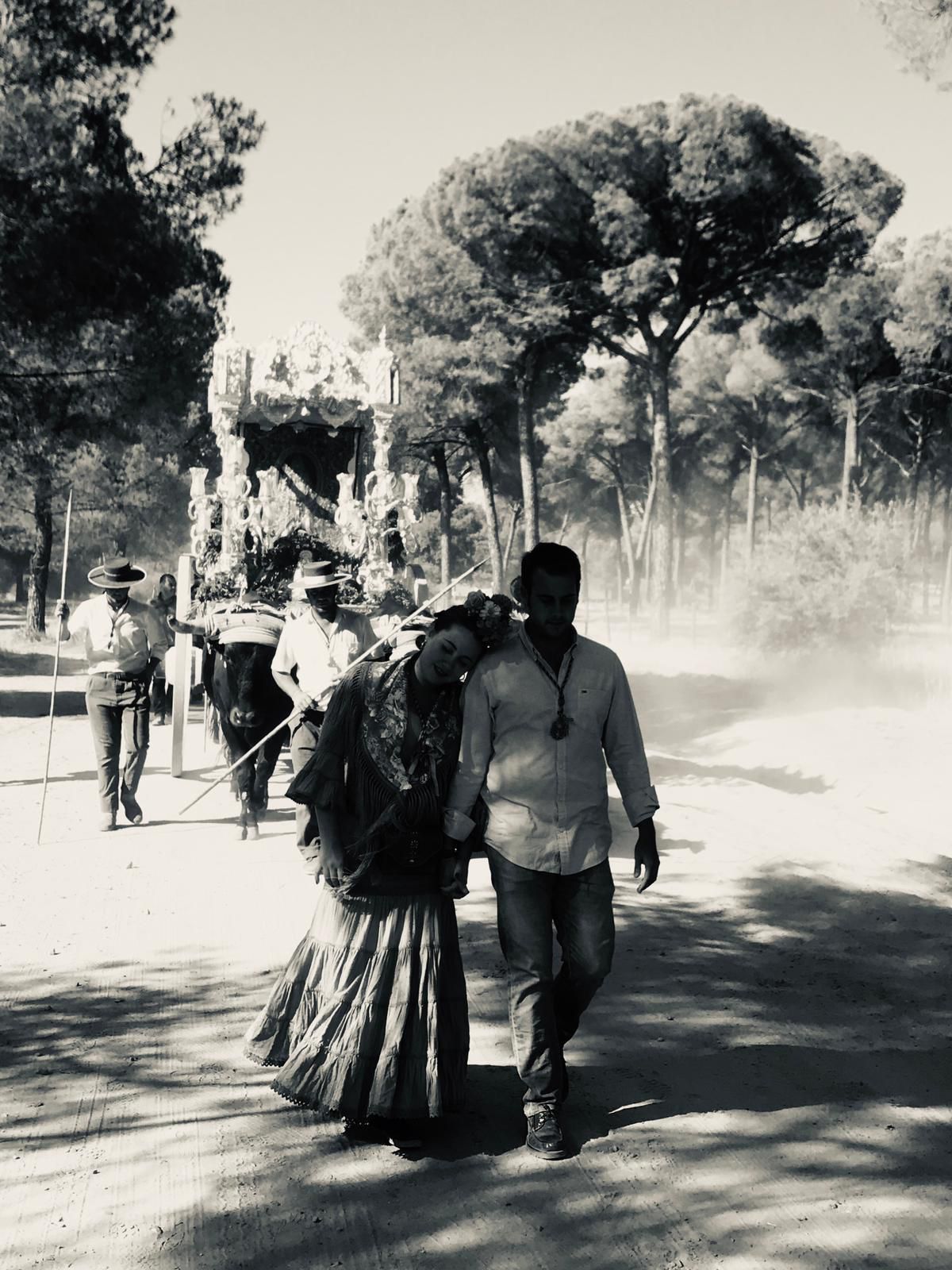
Historical origins and evolution
The origins of El Rocío can be traced back to the 13th century when a local hunter discovered a statue of the Virgin Mary in the area now known as the village of El Rocío. Over time, the site became a place of pilgrimage, and the devotion to the Virgin of El Rocío, known as “La Blanca Paloma” (The White Dove), grew among the local population. By the 17th century, the pilgrimage had evolved into a more organized event, with the formation of brotherhoods (hermandades) that made the journey to El Rocío from various parts of Andalusia.
The pilgrimage today
Today, El Rocío is much more than a religious pilgrimage; it is a cultural and social event of massive proportions. Each year, nearly a hundred brotherhoods participate, traveling to
the village of El Rocío, located 17 kilometers from Almonte. The pilgrimage typically begins in the days leading up to the weekend, with brotherhoods departing from cities like Huelva, Seville, and Cádiz. The journey is made on foot, by horse, or in traditional ox-drawn carts, with pilgrims dressed in flamenco attire.
The pilgrimage itself is a vibrant, communal experience. During the day, the brotherhoods advance along the route, singing traditional songs and hymns. At night, they set up campsites in the open air, where they gather around bonfires to share food, drink, and stories, often continuing the celebrations late into the night. The atmosphere is one of joy and camaraderie, reflecting the deep sense of community that defines El Rocío.
The role of horses
Horses are a fundamental part of El Rocío, symbolizing both tradition and the cultural heritage of Andalusia. Thousands of horses participate in the pilgrimage each year, ridden by pilgrims or used to pull the ornate carriages that accompany the brotherhoods. The sight of these horses, often adorned with traditional Andalusian tack and ridden by men and women in flamenco dress, is one of the most striking aspects of the pilgrimage.
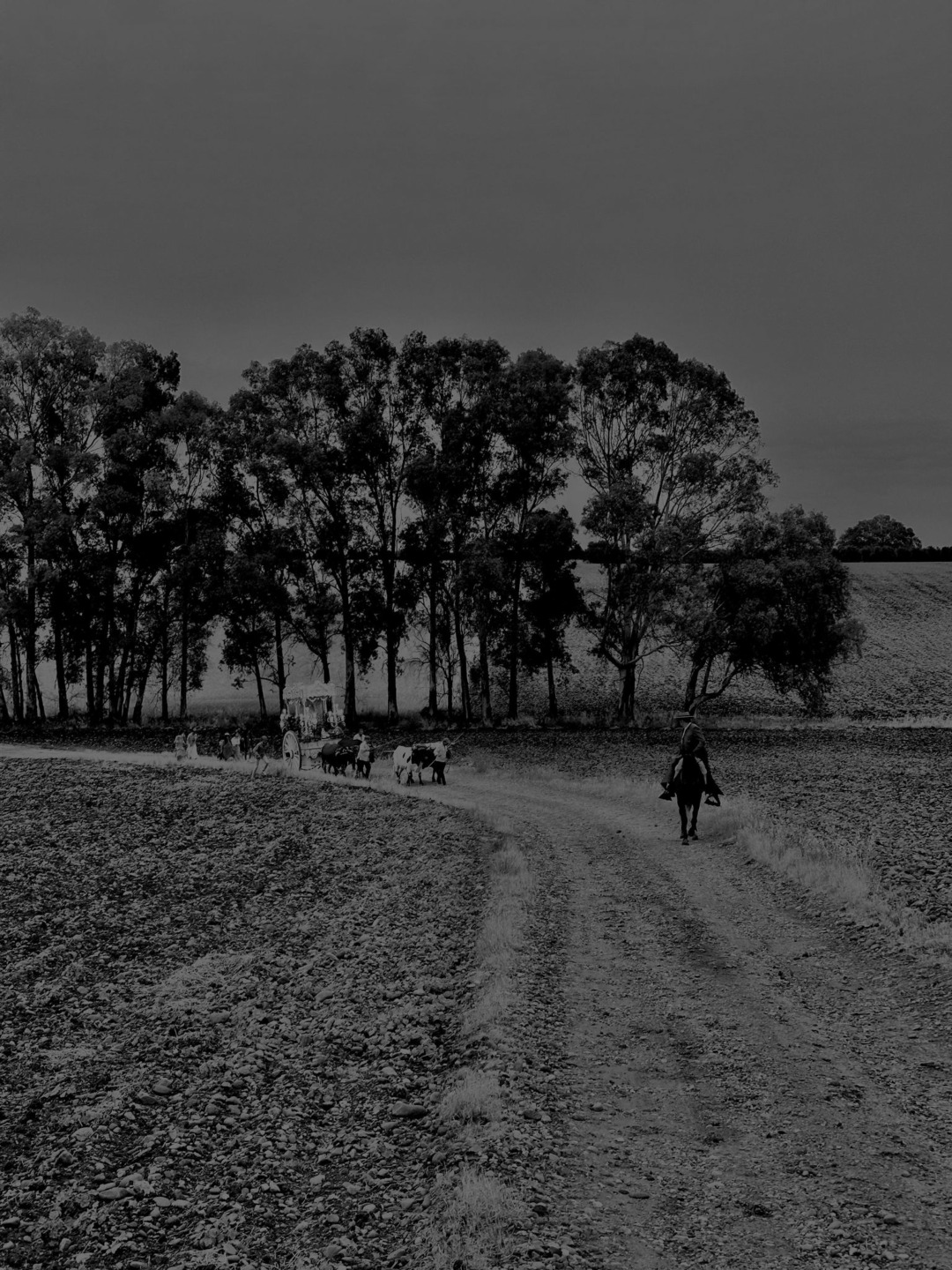
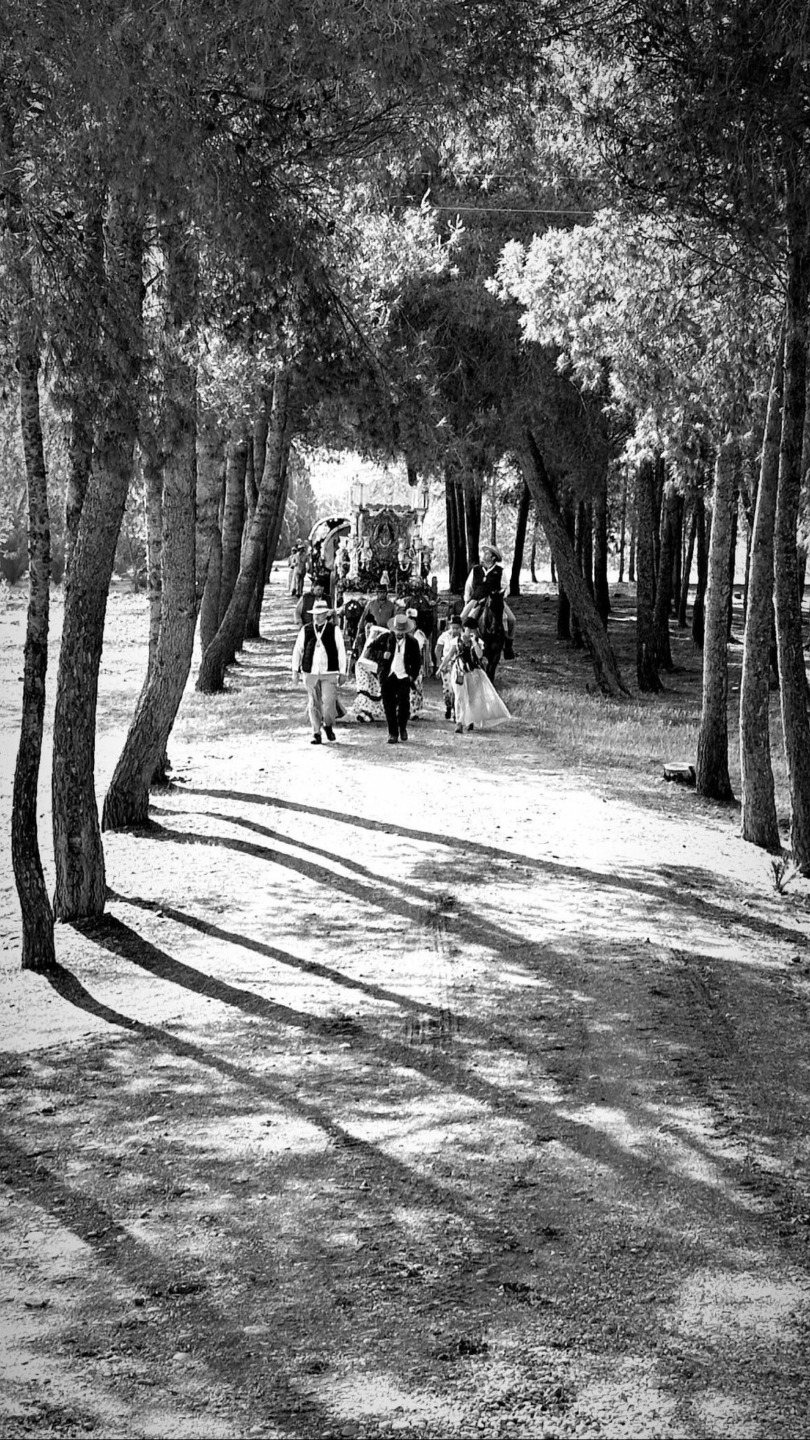
The use of horses in El Rocío is not just ceremonial; it is also practical. The journey to El Rocío can be long and arduous, especially under the hot Andalusian sun. Horses provide a means of transport that is in keeping with the traditional spirit of the pilgrimage. However, participating in El Rocío with a horse requires careful preparation.
Pilgrims must ensure that their horses are physically fit, well-rested, and properly hydrated throughout the journey. Quality feed, such as high-grade hay, is essential to keep the horses energized during the long days on the road.
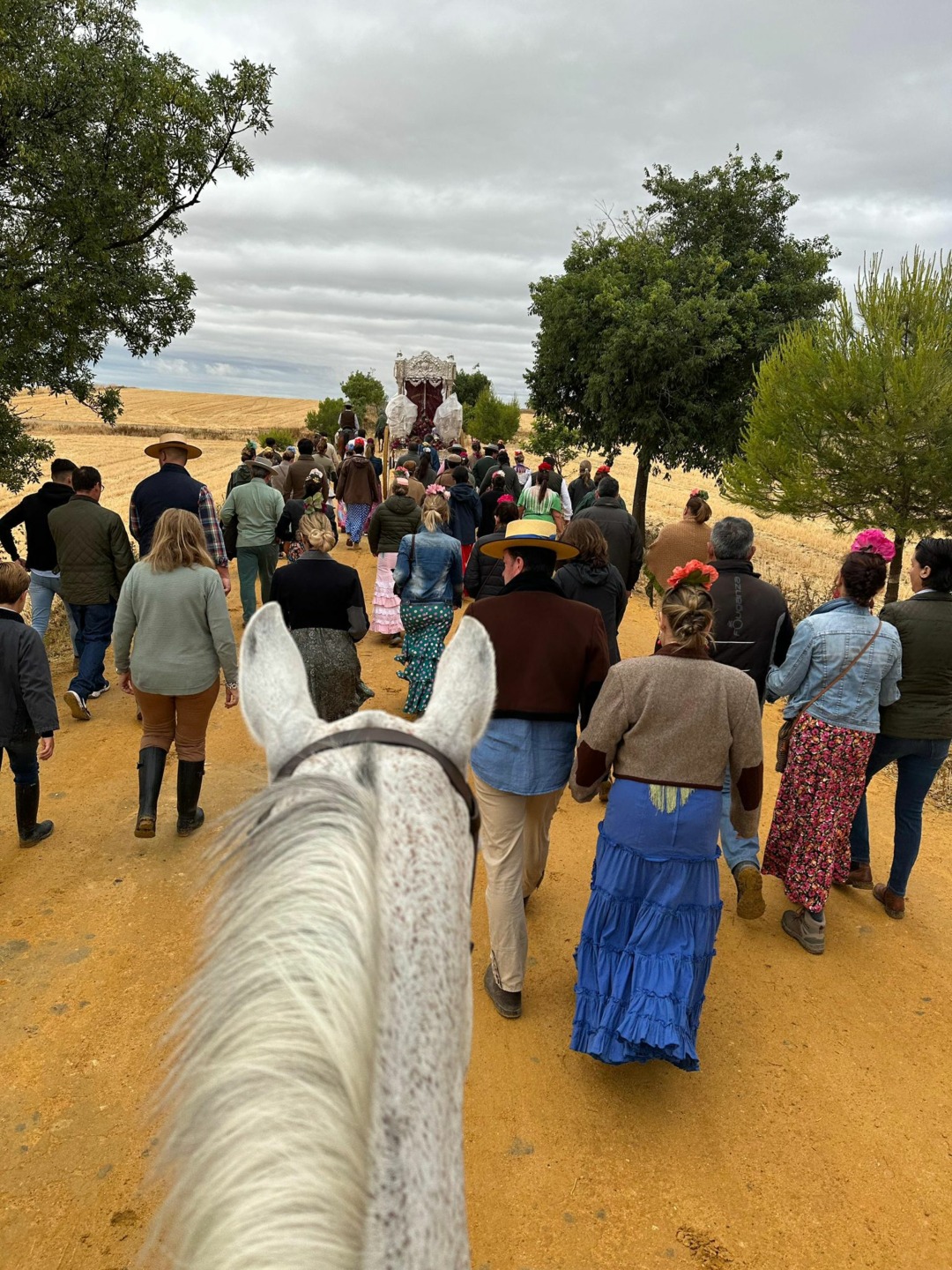
The festivities in El Rocío
Upon arrival in the village of El Rocío, the atmosphere reaches a peak of excitement and anticipation. Pilgrims set up their campsites and prepare for the culmination of the pilgrimage. On Saturday, the brotherhoods present themselves before the Virgin, displaying their “simpecado” (the banner of the brotherhood) in a grand procession, accompanied by the ringing of bells.
The highlight of the pilgrimage occurs in the early hours of Monday, when the Virgin of El Rocío is carried out in a grand procession known as the “Salto de la Reja” (Leap of the Fence). This moment is marked by intense emotion and devotion, as thousands of pilgrims strive to touch or even carry the Virgin on their shoulders.
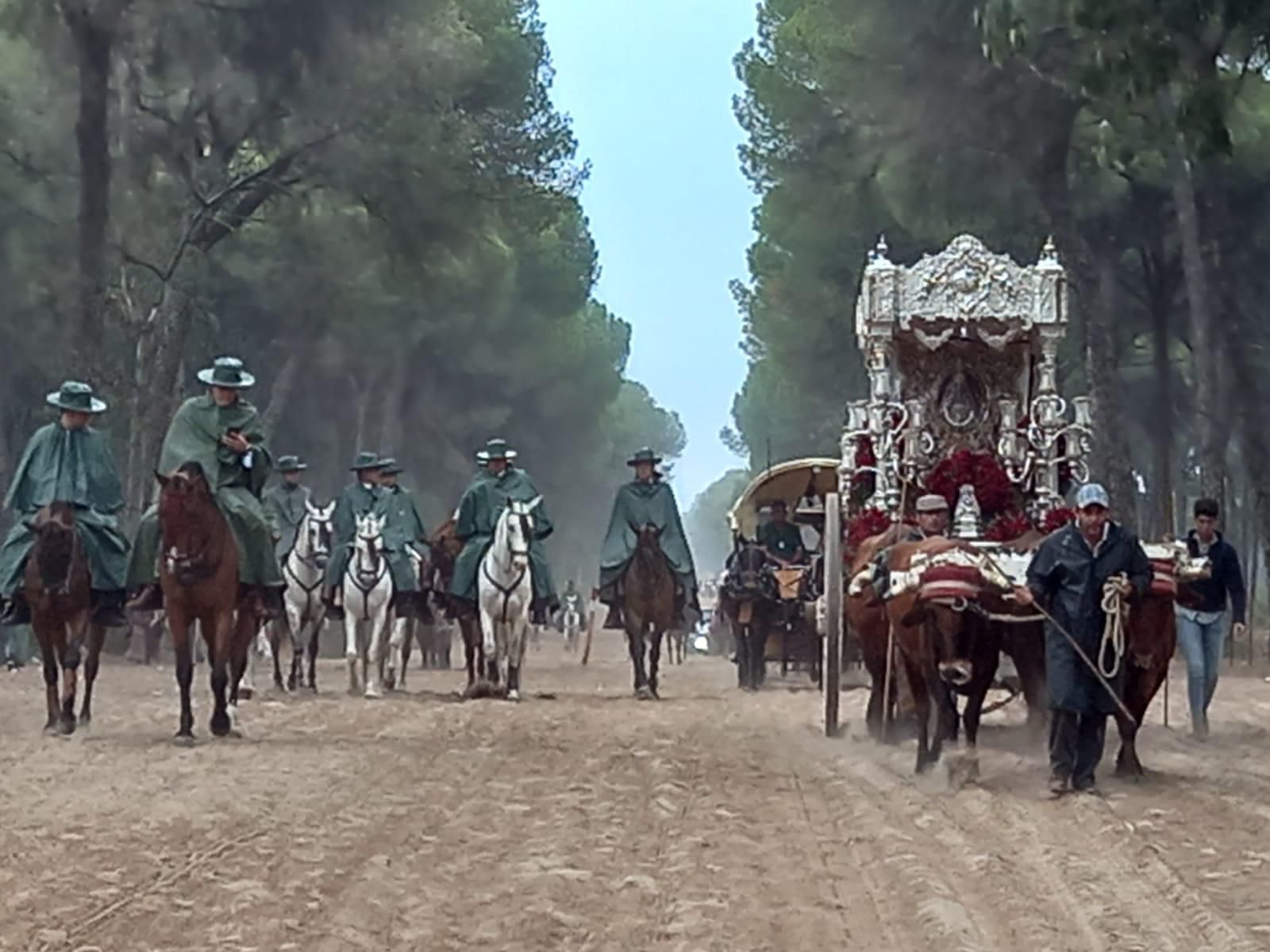
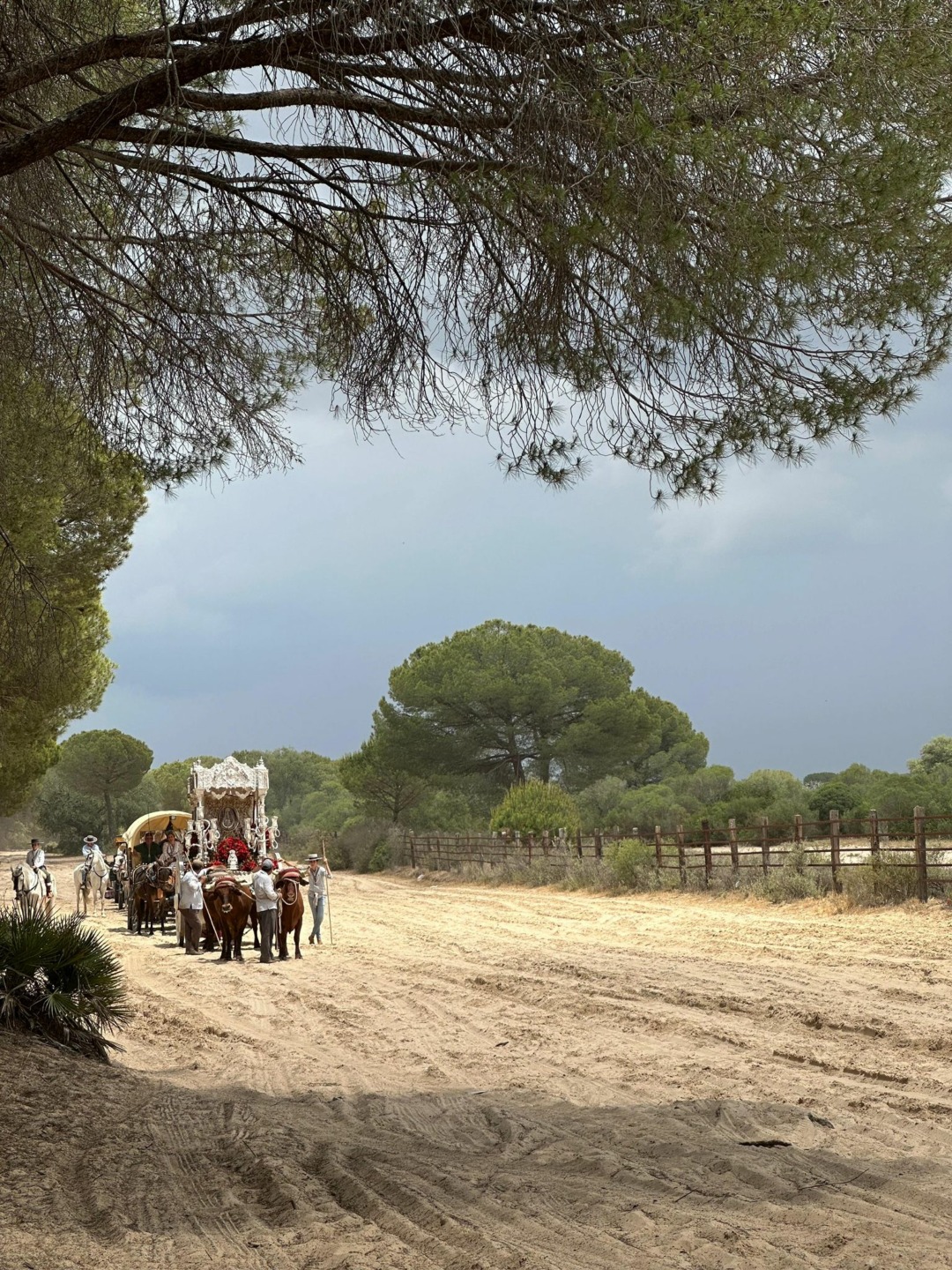
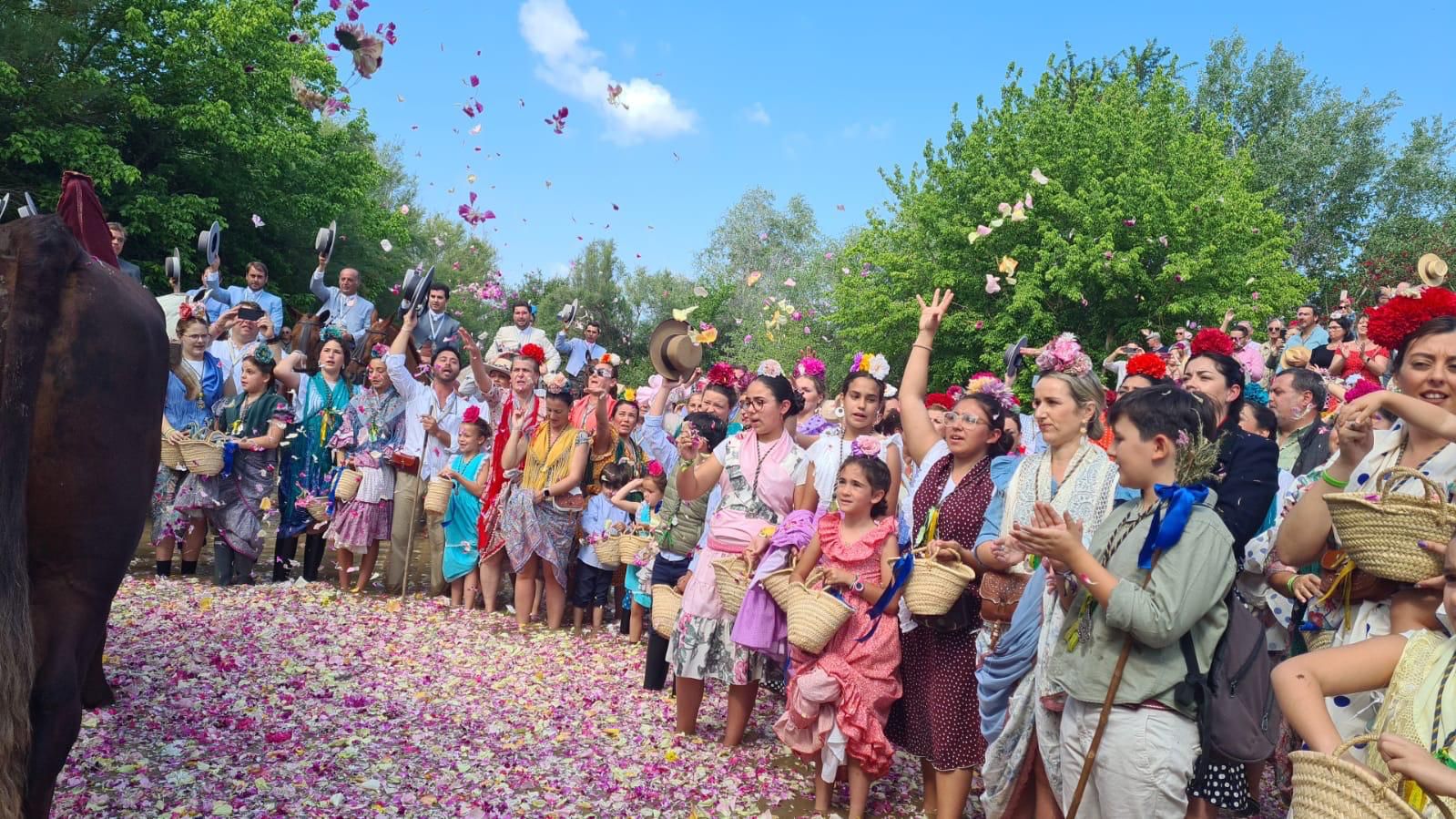
Almonte and its surroundings
The town of Almonte, with a population of around 23,000, is not only known for hosting El Rocío but also for its wines, which are part of the Condado de Huelva Denomination of Origin. Additionally, Almonte is home to the famous Matalascañas Beach and the Doñana National Park, one of Spain’s most important natural reserves.
In summary, El Rocío is a unique blend of religious devotion, cultural tradition, and festive celebration. It is an event where horses play an indispensable role, both as a symbol of Andalusian heritage and as essential companions in the pilgrimage. Whether one is drawn by faith, culture, or the spirit of festivity, El Rocío offers an experience that resonates with the heart and soul of Andalusia.
© Rights Reserved.




.png)



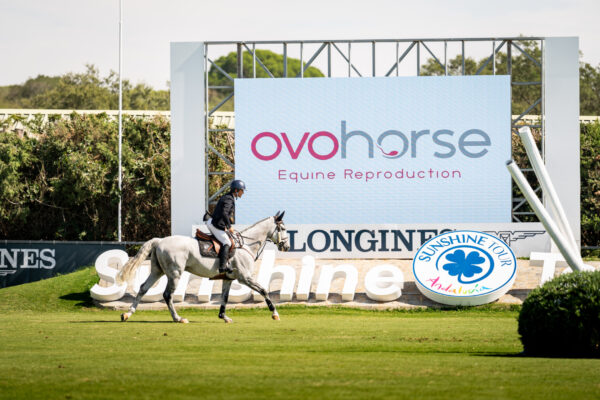
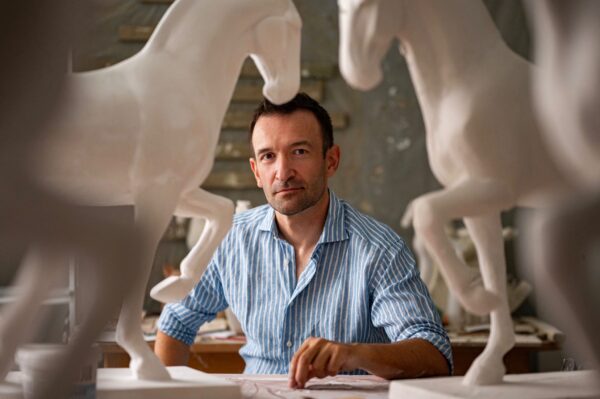
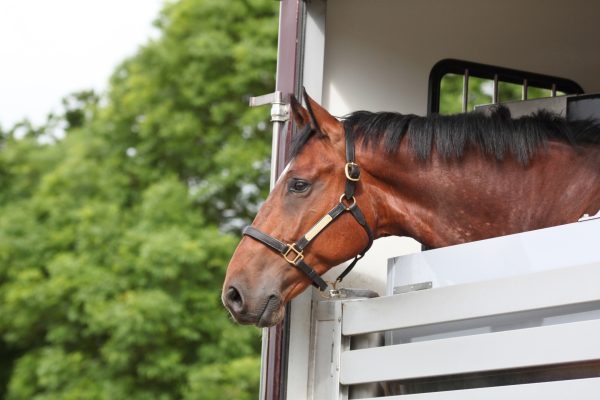
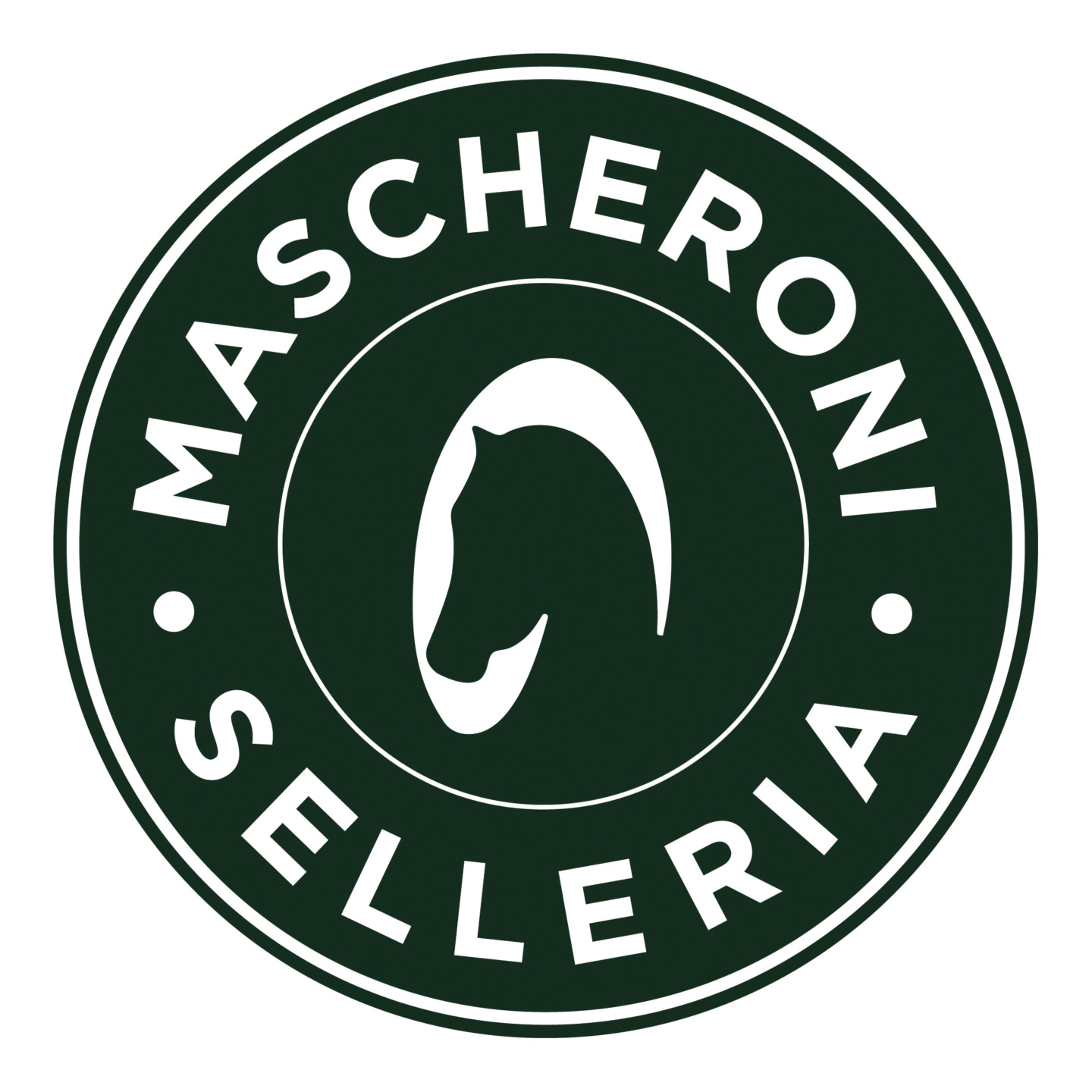

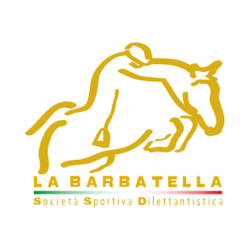
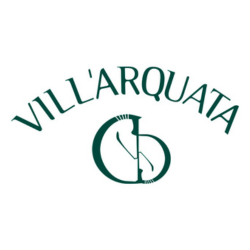

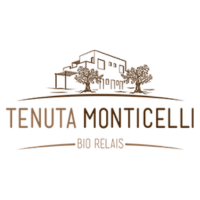
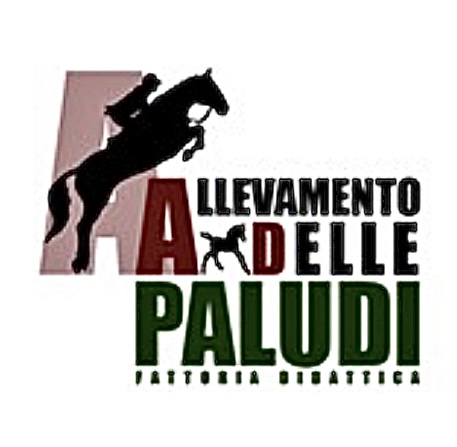

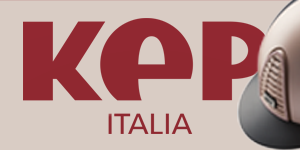
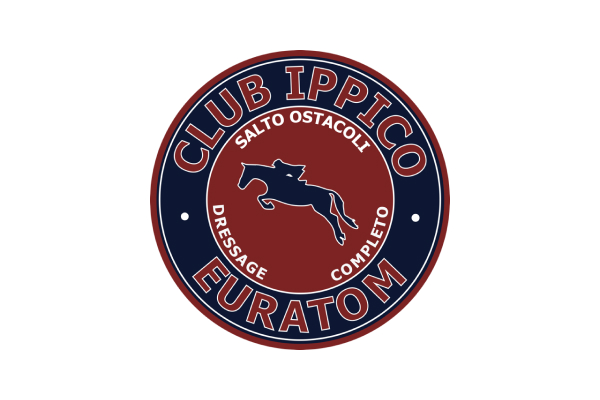
(1).png)